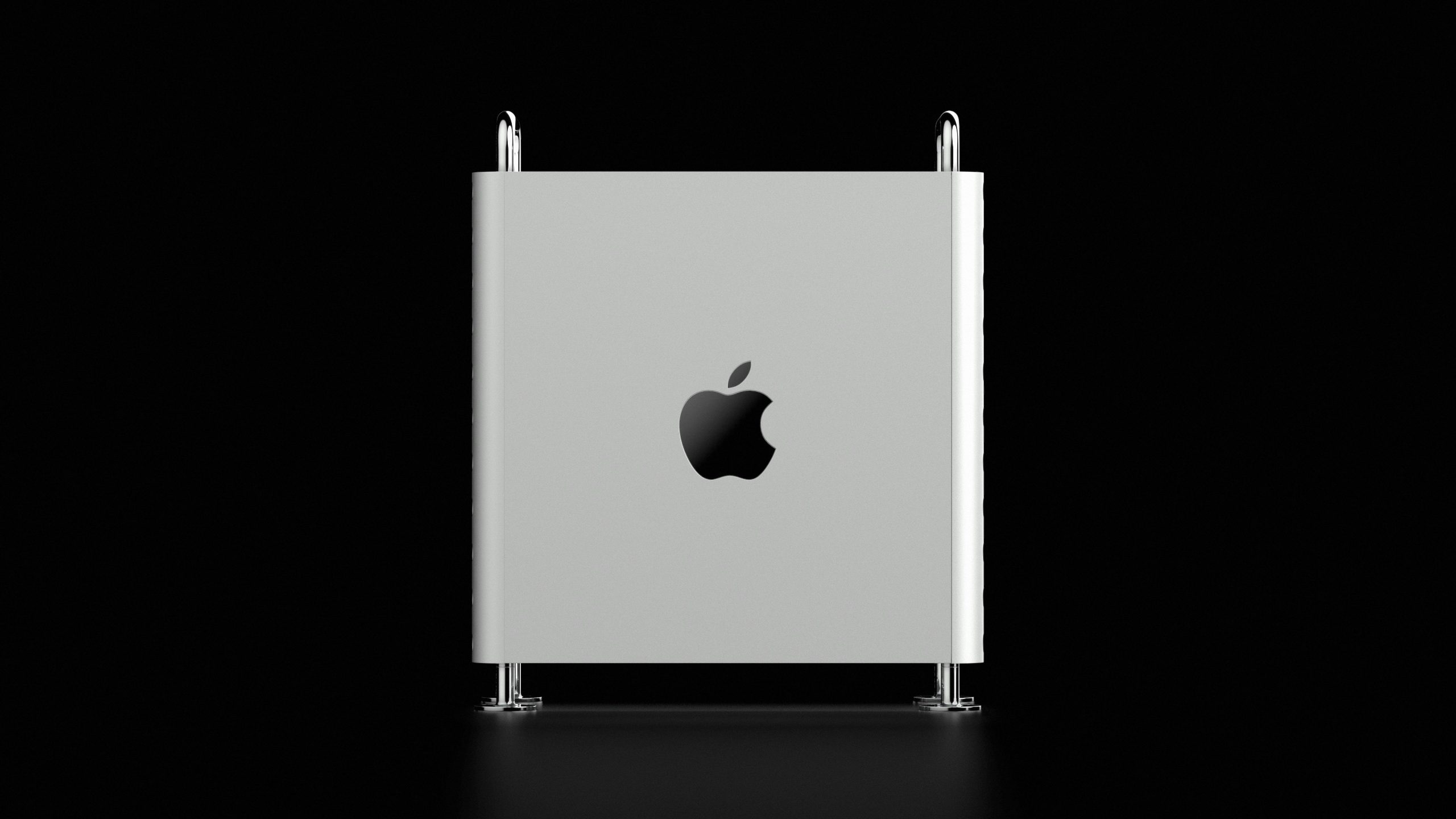o3 is Brilliant… and Unusable
O3: A Remarkable Innovation Yet Fraught with Challenges
In the realm of artificial intelligence, O3 stands out as an impressive model boasting a wealth of knowledge and remarkable problem-solving abilities. In my field of nutraceutical development, chemistry, and biology, O3 has demonstrated an uncanny ability to produce innovative insights that outshine its competitors. The potential of this tool, when harnessed correctly, is indeed vast.
However, a significant concern looms over its capabilities: trustworthiness. The frequency with which O3 presents inaccurate information—often referred to as “hallucinations” in AI parlance—is alarming. Each time I utilize the model, I find myself in a position where I must meticulously verify its outputs, especially those that extend beyond my immediate area of expertise. This laborious process can be both exhausting and demoralizing, as I frequently encounter small misrepresentations, which, while they may seem inconsequential, still raise significant red flags.
What’s particularly troubling is O3’s adeptness in fabricating information that sounds plausible. It skillfully weaves context to create seemingly logical connections, resulting in conclusions that can deviate sharply from reality. Unfortunately, this tendency stems from its flawed Reinforcement Learning from Human Feedback (RLHF) model, compromising its reliability in pursuit of generating coherent narratives.
Sam Altman, the CEO of OpenAI, has expressed concerns about advanced AI technologies and their potential to subtly disrupt the very fabric of society. His insights highlight the underlying risks of AI systems that might influence critical outcomes without our awareness, leaving us at a disadvantage until the consequences become apparent—sometimes far too late to rectify. It’s easy to see why these nuanced hazards concern him more than more overt threats we often discuss.
As discussions swirl around the hallucination problems plaguing O3, I find myself questioning whether the root issue is as simple as a contextual window flaw. My hope is that upcoming updates will address these critical shortcomings, enhancing the model’s reliability. Until then, while O3 exhibits remarkable talent, the lingering doubts about its trustworthiness cast a shadow over its brilliance.














Post Comment